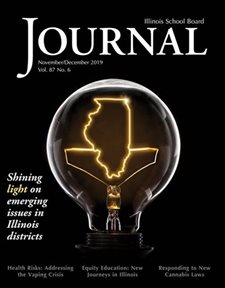Click here to view the complete issue in digital format.
Or, select articles are available below in text form. For other articles, click the digital version link above, or check your mailbox for your issue of the Journal. To request copies of the print version, contact communications@iasb.com.
Or, select articles are available below in text form. For other articles, click the digital version link above, or check your mailbox for your issue of the Journal. To request copies of the print version, contact communications@iasb.com.
